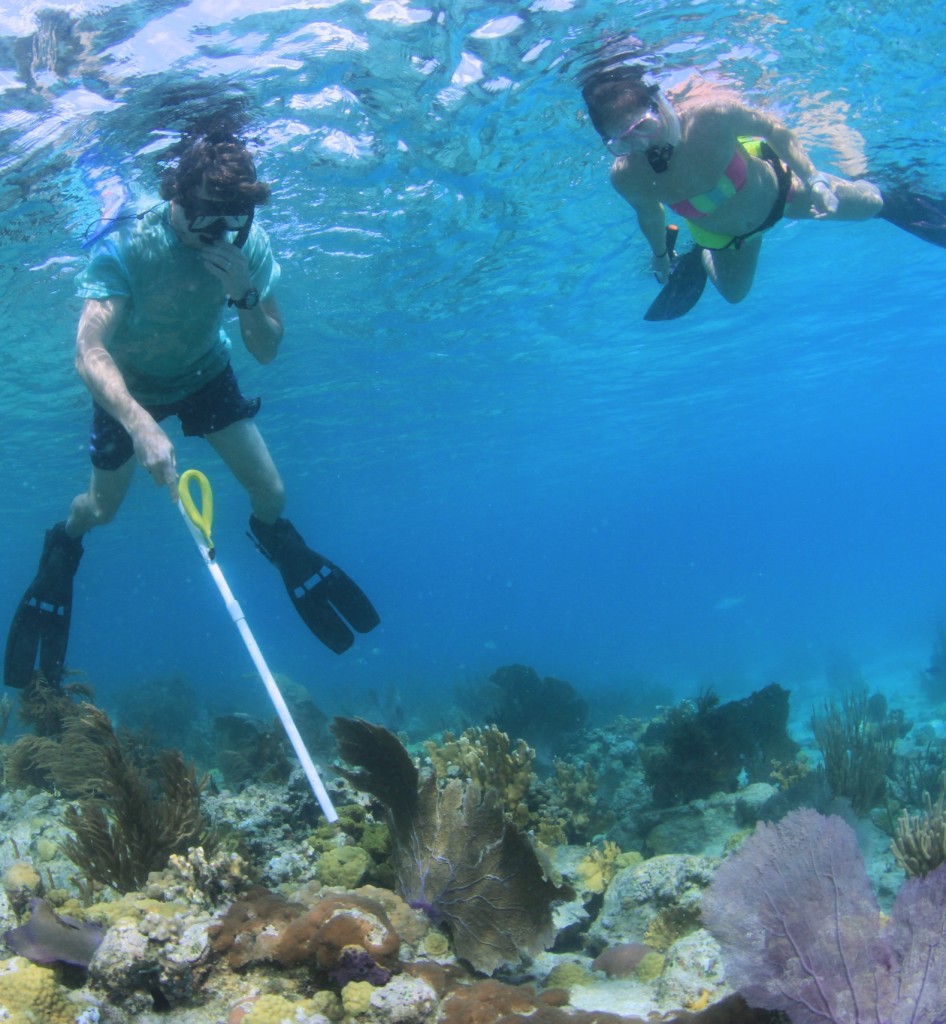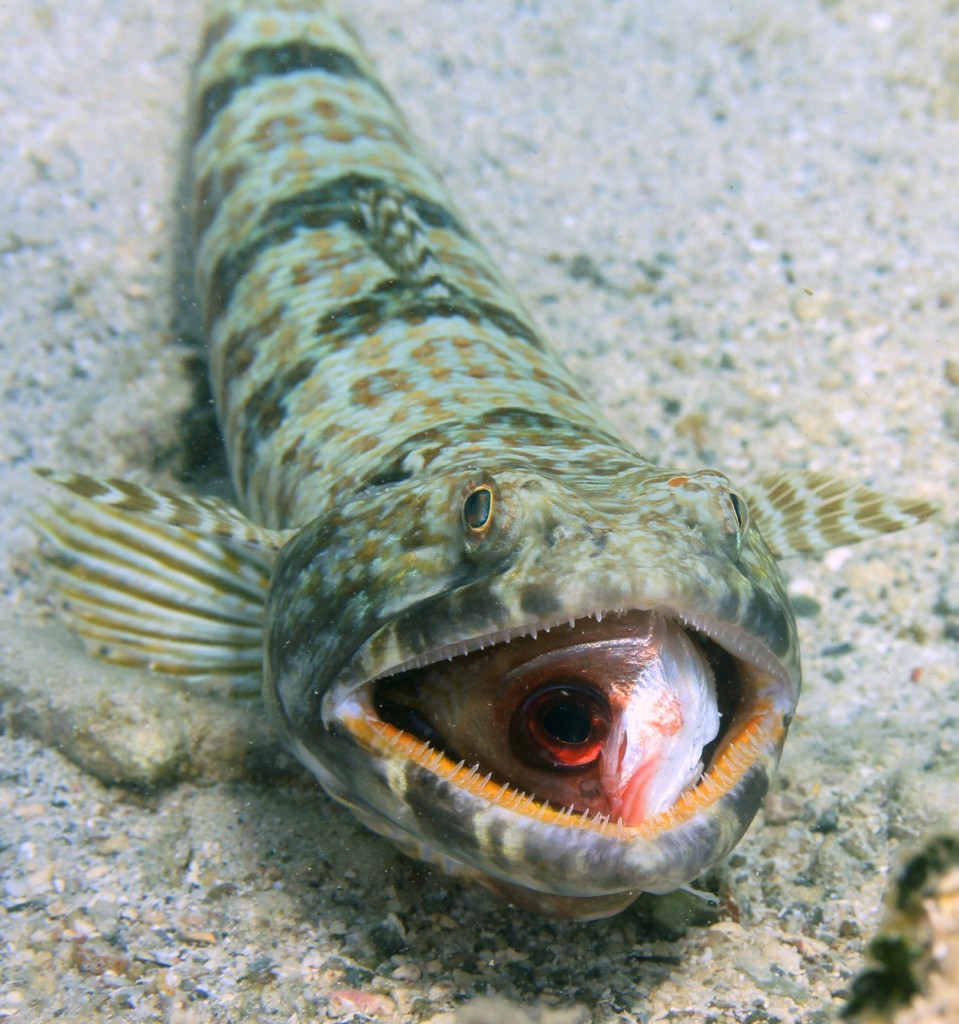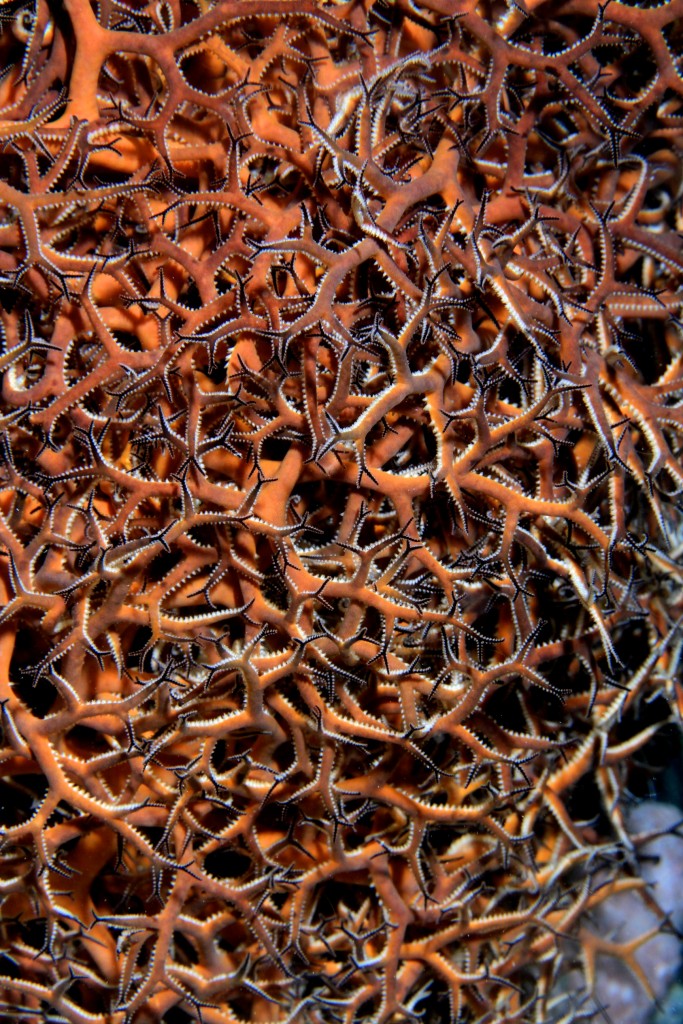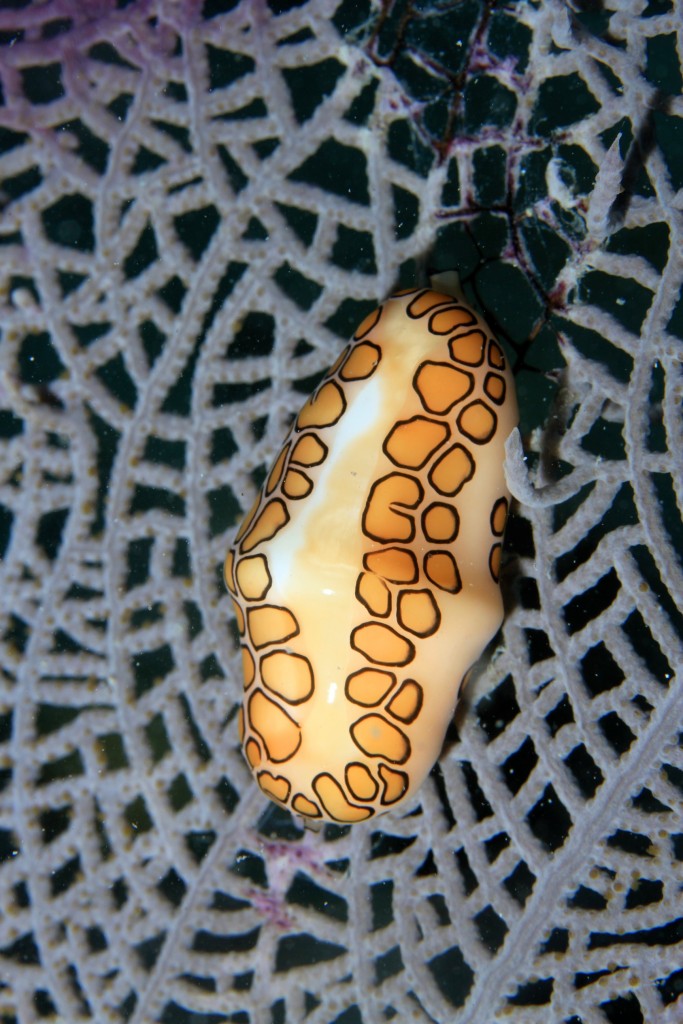If I posted these photos without explanation who would ever guess these were shot in the United States? Better yet who would guess it was a class?
But believe it or not, these were shot during my first two weeks of class of the semester. The place: St. John in the U.S. Virgin Islands. The class: Marine Ecology.
Since I’m still getting adjusted to life back in North Carolina winter, buried under a mountain of sweaters and emails, I will have to limit myself to sharing a handful of photos and some tidbits from the class.
Much of the island of St. John is a national park but its bays are important harbor for boats sheltering from tropical storms. Many of these visitors come to enjoy the natural beauty of the park. Nevertheless their presence strains the natural environment with increased run off and pollution. Sediment and nutrient travels off the land, out of the bays and onto the reefs damaging already stressed coral ecosystems.
Dr. Brian Silliman (pictured above) helped the class think through the impacts humans are having on coral reefs both in St. John and at the Caribbean large. Yet such ecosystem processes make little sense without being able to see and understand what you’re really looking at on a reef. Here Brian distinguishes reef-building scleractinian corals from soft corals like the large purple seafans or tall stringy sea whips.
The soft corals make for lovely swinging gardens but often hide the skeletons of the now dead hard corals that once built the crumbling foundation of these reefs. There’s no arguing, however, against their beauty and whether these reefs are degraded or not they still abound with life.
Above a juvenile filefish only two centimeters in length at most blends in almost perfectly with a sea fan. It even changes colour based on whether the feeding tentacles of the polyps are retracted (left) or out (right).
Another master of camouflage, the octopus, changes not only her colour but also her texture and shape to disappear into the substrate.
You have to keep your head on a swivel on the reef with so many cleverly disguised critters about. That is unless you’re a flatfish. Their eyes start out on either side of their head as fry but as they develop swivel to one side as they flatten and settle to the bottom.
Those less wary fish run the risk of falling prey to the reef’s predators. This lizardfish sat motionless and almost invisible against the sandy bottom, before finding the moment to strike his unsuspecting prey. Despite his unconventional tail-first approach he managed to swallow the poor squirrel fish most of the way down. He couldn’t quite get the last bit, perhaps because of the spines on his meal’s dorsal fins. After a full ten minutes the squirrelfish still looked out from within his mouth dourly.
Mother nature is a mad scientist but she sure knows how to put on a show.
This class had more than its fair share of spectacles at which to gander and curiosities on which to ponder and I look forward to sharing them with you.
Can you guess what these odd inventions of mother nature might be?










